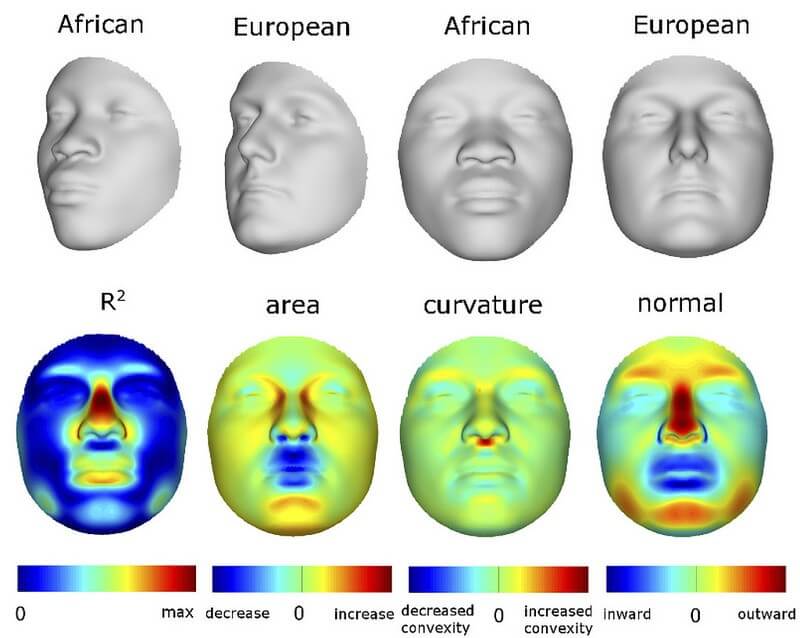
This study is a way to clarify these important points and a basis for further clinical studies enhancing the plans of the corrective surgery. There should be some points brought to mind during the cosmetic nasal surgery for men because of different expectations, which is not technically different from the one for women. The tip of the nose is neither round nor flat. Noses of this shape are usually smaller and tend to turn up. The nose is small and slopes upward at the tip, causing the nostrils to be visible. An attractive nose, the snub nose is found in approximately 4.7 of the surveyed population. Rhinoplasty surgeons require access to facial databases based on accurate anthropometric measurements to perform optimum correction in both sexes. The Snub Nose Shape The Snub Nose Shape is a popular choice. Today, the anthropometric methods and surgical practice intersected at a point to treat the congenital or post-traumatic facial disfigurements in various racial or ethnic groups. They are also said to be diplomatic, creative. They are believed to defend their views passionately and are unafraid of taking risks. It is said that people who have this type of a nose are known to be opinionated, thoughtful and deep. Euclidean Distance Matrix Analysis (EDMA) is used to calculate all possible linear distances among landmarks by creating matrixes for each subject. The nose is bent downwards from the base of the nose bone to the tip. Massaging your nose This is also a great way to reduce the size of your nose. Repeat this exercise up to 20 times a day for a few months for the best results.

This will help you develop the muscles on both sides of your nose. Smile and use your fingers to lift your nose.

All data was obtained from standardized digital photographic images taken from anterior, lateral and inferior aspects by using standard anthropometric measurement methods. Nasal straightening is an easy exercise to get a perfect nose shape. The stratified sampling method was used to determine the subjects according to the seven main geographic regions of Turkey. In this study, a landmark-based geometric morphometric technique was used to analyze the nasal shapes in a young Turkish adult population.Ī population of 75 female and 75 male volunteer Turkish young adults whose ages ranged 18-39 years (24.82 ± 5.64 year) was examined. There are several anthropometric studies regarding the nose, however none of them involves data about a statistical shape analysis.


 0 kommentar(er)
0 kommentar(er)
